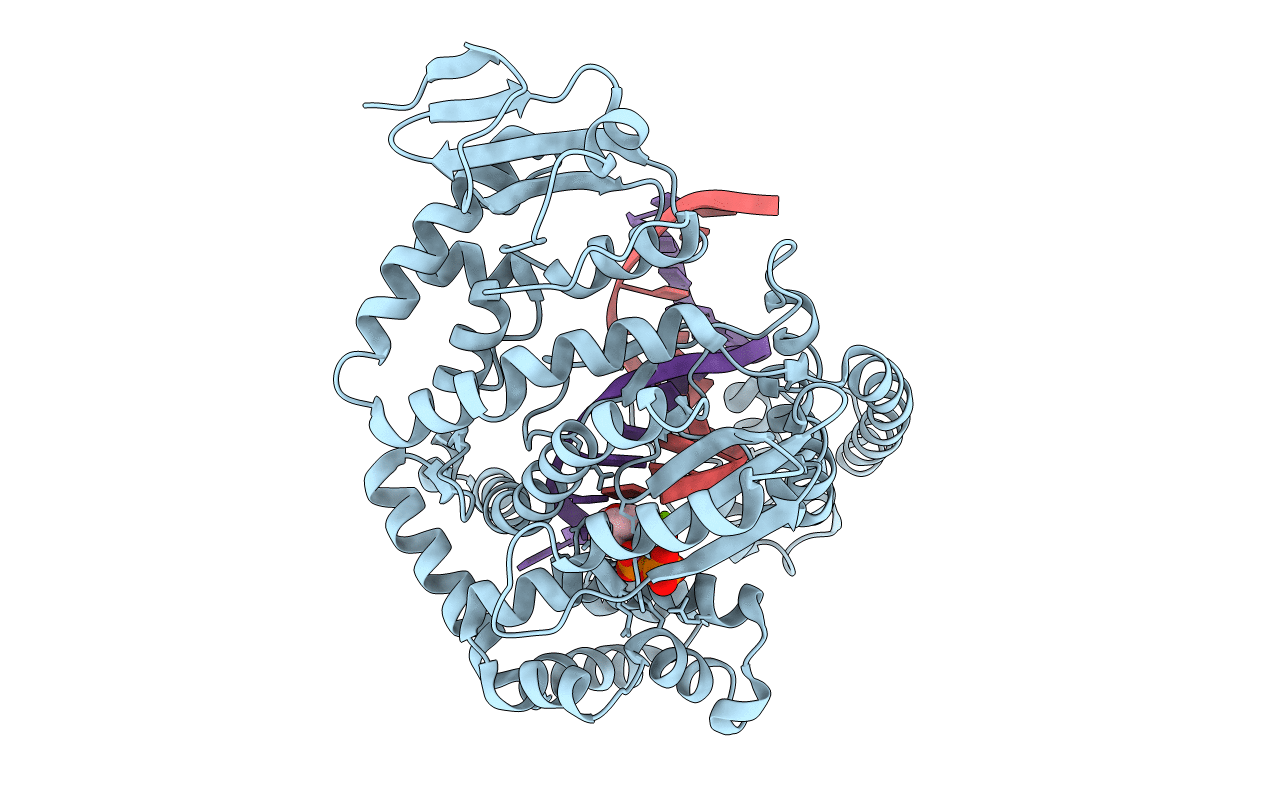
Deposition Date
1999-06-24
Release Date
1999-08-16
Last Version Date
2024-02-14
Entry Detail
PDB ID:
1QSY
Keywords:
Title:
DDATP-Trapped closed ternary complex of the large fragment of DNA Polymerase I from thermus aquaticus
Biological Source:
Source Organism:
Thermus aquaticus (Taxon ID: 271)
Host Organism:
Method Details:
Experimental Method:
Resolution:
2.30 Å
R-Value Free:
0.27
R-Value Work:
0.23
R-Value Observed:
0.23
Space Group:
P 31 2 1


